Elements to Operationalise Cultural Influence

One must utilise cultural narratives, trends, and values to connect with audiences, improve engagement, and change their brand perception
To operationalise cultural influence, one must specifically use cultural narratives, trends, and values to connect with target audiences on a deeper level, increase engagement, and alter how they see the brand. This can only be accomplished if companies cease to be passive observers of culture and instead take an active role in creating and shaping cultural discourse.
Brand aesthetics and identity
- Cohesive aesthetic
How a brand presents itself emotionally and visually is where cultural impact starts. Create a distinct and appealing brand image that reflects the current social trends and desires of your target audience. The visual identity of a brand includes its logo, layout, colour palette, and other aspects.
- Storytelling tool
Your aesthetic may be a powerful tool in telling stories. Modern cultural principles of self-expression are echoed by Gucci’s utilisation of vintage-inspired merchandise and daring, varied designs to convey a message of freedom and uniqueness.
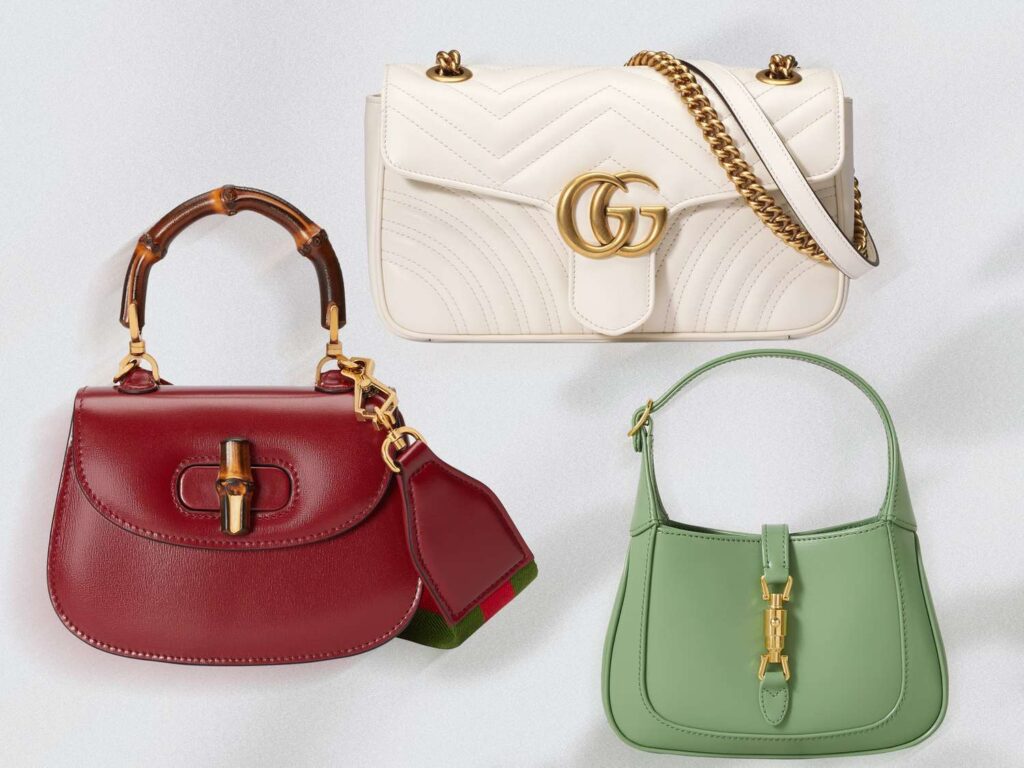
Understanding cultural norms and current trends
- Cultural insight
As a brand, you need to be aware of the cultural trends that are relevant to your mission and values. Trends in social media, changes in consumer behaviour, or shifts in society may all provide useful insights. The marketing and product development teams should use these findings as a roadmap.
- Trend forecasting
Looking forward, trend forecasters attempt to foretell societal changes before they gain widespread acceptance. Companies like Patagonia, who were pioneers in the environmental sustainability movement before it was cool, have shown that being on the cutting edge of cultural trends may give them a leg up in the marketplace.

Working together with those who create a culture
- Influencers
Team up with famous people, artists, or influential thinkers who can spread the word about your business and its principles. Content production, limited edition items, and co-branded campaigns are all examples of possible forms of partnership.
- Cultural partnerships
Beyond influencers, businesses may strengthen their cultural ecosystem footprint by partnering with organisations like art galleries, music festivals, or fashion events.
Culturally relevant storytelling
- Storytelling framework
Make your brand more relatable and engage with cultural movements by sharing stories. Brands such as Ben & Jerry’s and Dove can have a meaningful impact on cultural dialogues via narratives that centre on sustainability or empowerment.
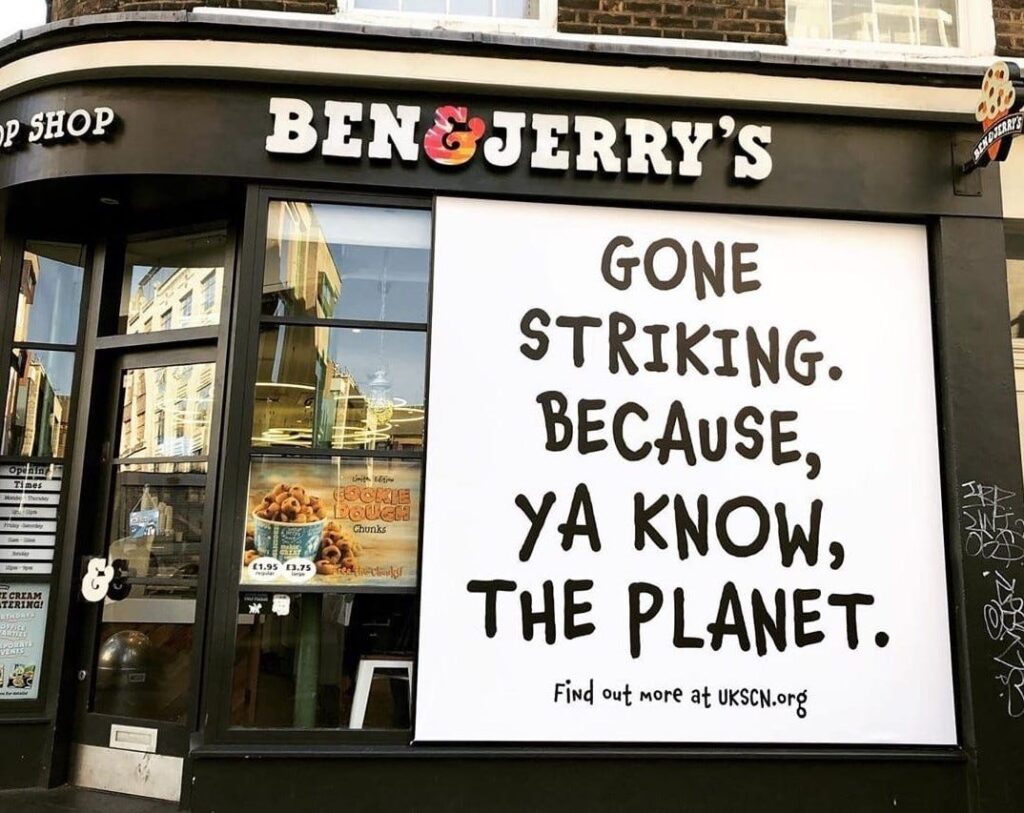
- Multichannel engagement
Culture has the power to permeate more than just one medium. Social media, blogs, podcasts, and live events are all great opportunities for brands to share their story in a manner that resonates with other cultures.
Creating cultural products
- Culture-driven products
Create novel products that reflect current cultural trends; these things will be culture-driven. As an illustration of how the fashion industry is responding to the societal need for diversity, more and more firms are offering gender-neutral clothes.

- Cultural significance
Beyond its practical applications, your product or service should have cultural importance. For instance, Apple items are cultural icons and status symbols that represent originality and progress.
Community engagement
- Establishing communities
Building groups based on common cultural ideals may increase cultural clout. By hosting yoga classes and other wellness events, brands like Lululemon have attracted health-conscious customers and built a community around their fitness products.
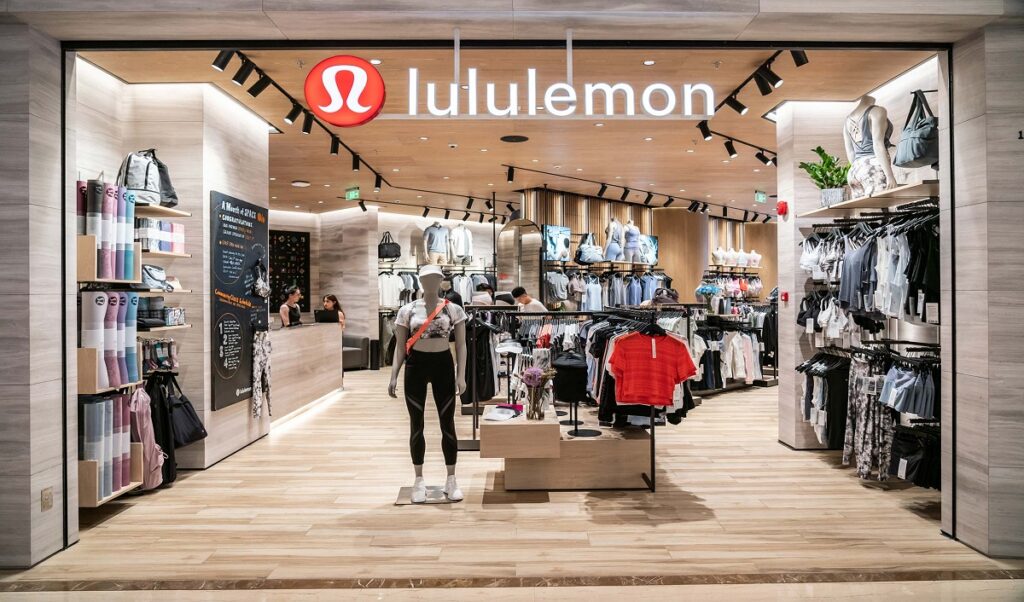
- User-Generated Content
Make it easy for customers to develop and share brand-related content by promoting user-generated content. Promote your goods and get people excited about the adventurous spirit that brands like GoPro stand for using user-generated videos.
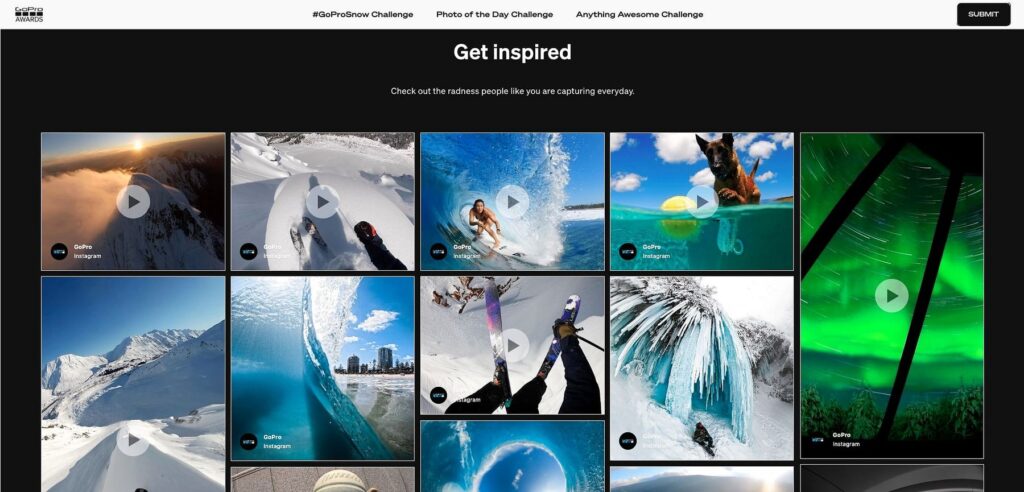
Cultural timing and relevance
- Calendar of cultural events
Keep track of when the brand has the opportunity to create a splash in various cultural contexts. Examples of such epochal events might include major political transformations, cultural festivals, or social movements. When reaching out to other cultures, timing is key.
- Opportunistic marketing
To take advantage of cultural events, marketers need to move swiftly. The now-iconic “Dunk in the Dark” tweet by Oreo during the Super Bowl blackout was a good example of well-timed marketing that garnered immense attention.




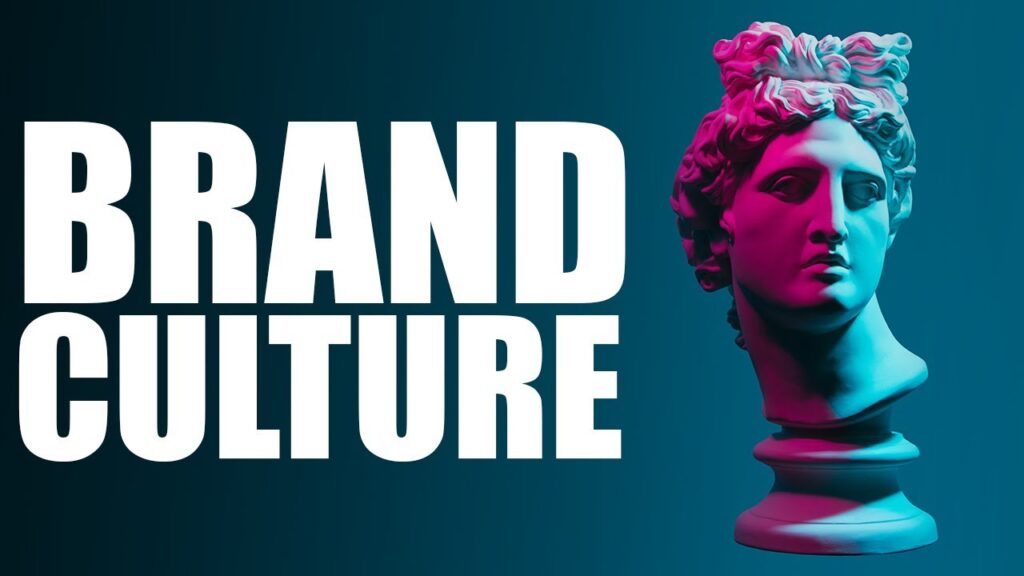
1 Comment